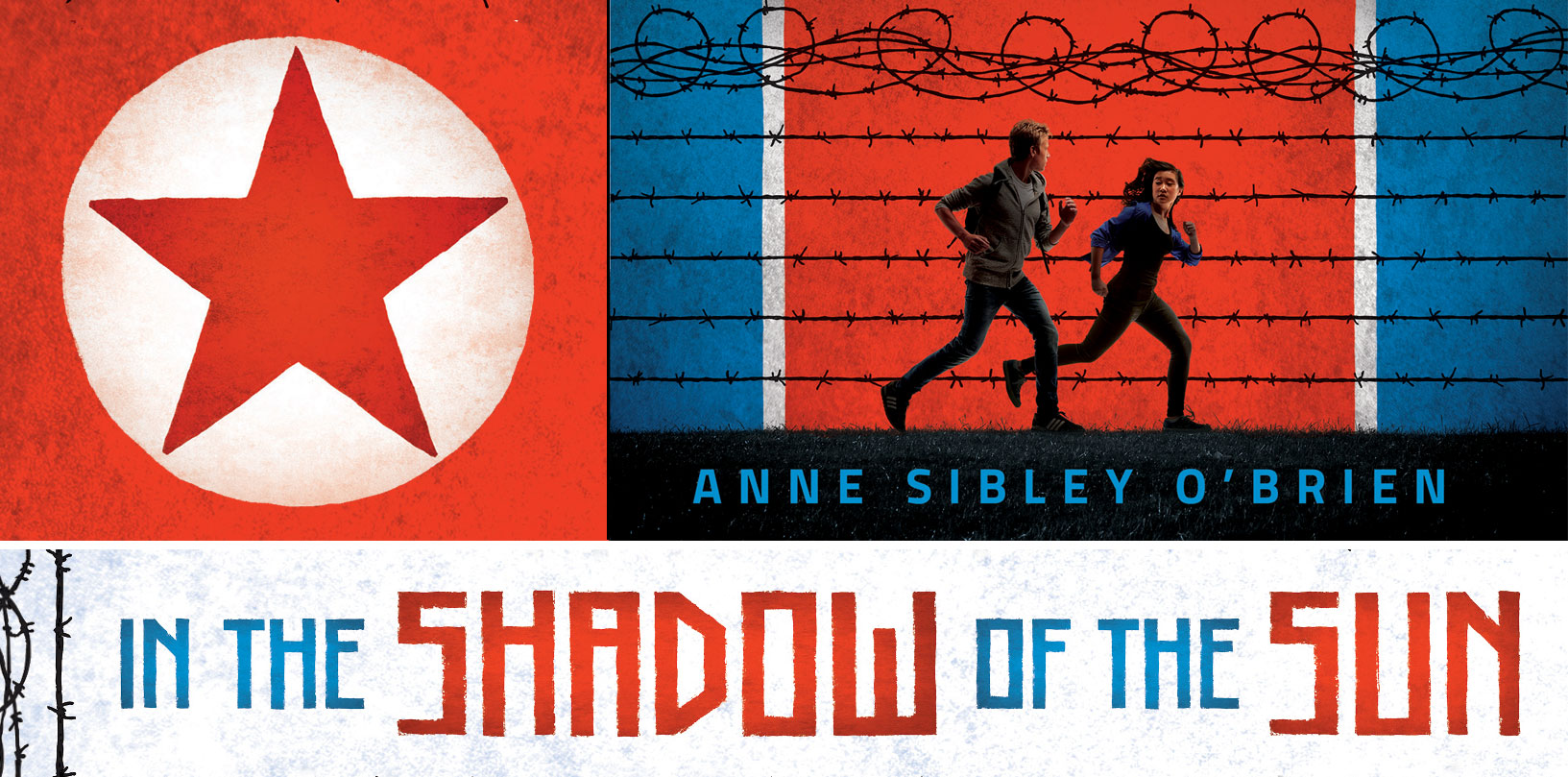In April, Margy Burns Knight and I spend six days in Philadelphia-area schools, presenting on the five books she wrote and I illustrated: the two Talking Walls titles; Who Belongs Here: An American Story; Welcoming Babies; and Africa Is Not A Country. As all these books concern the diversity of human experience – in culture, language, race, religion, etc. – Margy and I use every opportunity to address the topic of difference in a positive light.
We often begin our talks with information about ourselves as children. Some students in these Philadelphia suburban schools can see themselves in Margy’s story of being raised in nearby Villanova and, by her description, “never going anywhere except school, church, the library and the grocery store.” Her extensive international experience didn’t happen until she was an adult.
Other students can identify with my story of living in the U.S. until age seven, when our family moved to South Korea and I began to learn two languages and two cultures. They or their parents may have been born in another country and moved to the U.S.
In some classes, we open with the slide I use here on my blog, of me celebrating my eighth birthday in Seoul with Korean friends. I start speaking in Korean, telling a little about my childhood experience.

Then, still speaking Korean, I say, “If you can understand what I’m saying, please come to the front of the room.” Seated students watch mystified as a few of their classmates stand and move forward to join me. Sometimes one or several of the students interpret, telling their classmates what I’d said in Korean.
We count from one to five in Korean, then ask for volunteers who can count to five in any language other than English. Proud students stand to demonstrate their skill in Farsi, Chinese, Arabic, French, Spanish, Hindi and many other languages.
Teachers often tell us what a special moment this is for their non-majority, bilingual students, many of whom started out in ESOL classes. For once, their difference puts them in the center rather than on the fringe. For a moment, their bicultural and bilingual upbringing is recognized as something special and valuable.



